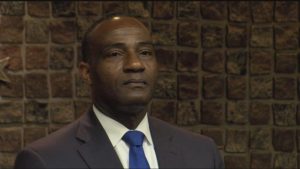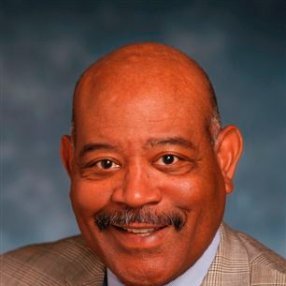Amarillo has a new interim police chief, who’ll assume his new post on July 1, when Police Chief Robert Taylor retires, climbs aboard his Harley and hits the road.
I join many others in wishing Chief Taylor well and thank him for his 36 years of law enforcement service to the community.
Back to the interim chief selection. The new top cop is Ed Drain, currently on the staff of the Plano Police Department. He got the job after being appointed by the city’s interim city manager, Terry Childers.
The city manager made an interesting statement after he chose Drain to take over as police chief. The question dealt with why Childers went outside the department to find an interim chief. He thought it would be best if he leveled the playing field for all Amarillo PD applicants who might want to seek the police chief’s job.
That’s fine. It levels the field for all the in-house applicants. Ed Drain, though, has a leg up on getting the permanent job if he seeks it, too.
http://www.newschannel10.com/story/32265897/interim-police-chief-named-for-apd
I’m a bit curious as to why the need to go outside the department in the first place.
The last time Amarillo brought in an outsider to run its police department was in the early 1980s, when the late City Manager John Stiff hired Oklahoman Jerry Neal to lead APD.
I wasn’t here in 1981 when Neal got the police chief job, but I’ve heard all about the circumstance he inherited when he came aboard. He took command of a dysfunctional police agency. It wasn’t working.
The police department needed a progressive leader and Stiff found one in Jerry Neal.
Is the Amarillo Police Department in a similar state of disarray now? Hardly. It is working well. Hey, the city witnessed a police department handle a potentially explosive hostage situation just a few days ago with supreme professionalism.
I’m going to presume that the interim chief understands the dynamics that drive a police department such as the one that serves Amarillo. As Drain told NewsChannel 10: “My goal here is to analyze the things that are going on in the department and any areas where I think there needs to be improvement,” Drain said. “Some of those obviously I’m not going to get done as an interim, but you heard the city manager say incremental improvement, so I want to do that.”
I don’t intend to get ahead of the game here. The new chief is an interim pick, after all. However, his hiring is beginning to look like a done deal.
It makes me wonder: Do we really need a fresh approach to the police department, which I believe is running pretty well?




